The Lewis Gallery of the Portland Public Library is featuring a highly entertaining exhibition of art by illustrators inspired by “Alice’s Adventures in Wonderland,” commonly known as “Alice in Wonderland” and published in 1865.
“Wake Up Alice! The 150th Anniversary Show” was organized by and features artists associated with the Maine College of Art’s Illustration Department: professors, adjuncts, alumni and students. The works by 35 artists range in approach, materials and attitude, but together they comprise an impressively high standard.
Lewis Carroll was the pen name of Charles Lutwidge Dodgson (1832-1898), and few novels have inspired more revisitations by writers, filmmakers and illustrators. While the initial, facsimile edition included illustrations by Dodgson himself, the first satisfactorily published edition featured 42 now-famous illustrations by John Tenniel (1820-1914). The ranks of artist who have visited the subject ranks include no less than Max Ernst and Salvador Dali. This should surprise no one, however, since “Alice’s Adventures” is a rich blend of nonsense and symbolism we now think of as surrealism.
With his propensity for wordplay and proclivity for the systems logic of advanced mathematics (read: non-Euclidian), Dodgson was an ideal precursor for surrealism. What might appear as nonsense could, for example, resolve in a math system that was not base-10. What surrealism allows, in a nutshell, is alternative logic. While we cannot resize our own minds to function in a truly Victorian or Romantic mode that pre-dates Freud, modernist art and surrealism, we can acknowledge the depth of the influence of alt-logic arts on contemporary culture. One particularly seasonal example of this is the 1816 story by E.T.A. Hoffmann on which “The Nutcracker” is based; it’s odd enough in contemporary terms, but piecing together the storyline as written two centuries ago is a mind-numbing nut to crack.
A practical question is whether “Wake Up Alice!” is a good show for kids. (Another involves whether there is a comma missing from the title.) The answer is quite simple: If your kids have seen, read or heard of “Alice in Wonderland,” then definitely. The two standalone caterpillar-with-hookah images are sequestered in the back. And, to my surprise, the illustration artists avoided the common sexualized reading of the story, but my guess is that they are trained professionals acting with an acute awareness of their audience. The roughest bit for many families may be one of the funniest pieces in the show: Scott Nash’s tiny Alice in a broad expanse of a large white sheet of paper simply exclaiming her situation with absolute clarity – the “s” word in a speech bubble. It’s an apt and, indeed, hilarious piece.
“Wake Up!” is filled with excellent works. My personal favorite is MECA professor Rob Sullivan’s gorgeous Red Queen (in homage to, but outstripping, Leyendecker’s Queen Maev) rendered in a Pre-Raphaelite hand. Lori Stebbins’ (MECA ’11) anime-styled Alice raucously descends into madness on a trapezoidal canvas. Phoenix McNamara’s (MECA ’05) “All Queens Were Princesses Once” is a hysterical “school portrait” of the evil queen as a brat sticking out her tongue for the (painter’s) camera. Declan McCarthy’s witty sketches, drawn with marker directly on two walls, feature comic-style reductions of 100-plus key scenes from the novel. There are also several strong portraits of Alice in various situations by Liz Long, Matt Tavares, Taylor Mirabito and Scott Nash.
Most of the work stands very well on its own. Alum Cecil Cates’ clay sculpture “Why is a Raven Like a Writing Desk?” incorporates vessels and a tea pot in a wittily cacophonic artistic ode to clay. Of particular focus and intensity is adjunct professor Daniel Minter’s supremely elegant painting “Serpent” which shows a white-lined (and, a rarity here, suggestive) drawing of a snake moving in to devour a demure pigeon solidly rendered in paint.
The most impressive object is Emma McCabe’s (MECA ’14) giant, standing construction of cut and painted watercolor paper that features most every character in the novel woven into a dense and seemingly endless circus of a book.
A particularly nice touch is an assemblage of Nash’s sketches, drawings, paints, brushes and discarded earlier designs for the exhibition poster. While it strikes a didactic pose, the creative and transformational gymnastics are fascinating. We see the Mad Hatter, who is then turned on his head. An earlier sketch of the moon-grinning Cheshire Cat precedes the final, which is punctuated as complete by a bit of paper glued down for a correction – a reminder that the pre-Photoshop olden days are still alive and well (thank you very much). “Wake Up Alice!” is both an excellent showcase for the MECA Illustration program and an impressive testament to the staying power and cultural presence of “Alice’s Adventures in Wonderland.” Moreover, it reminds us that our imaginations are fueled most effectively by the things that still hold the fascination of mystery and puzzlement. Just like Alice, maybe, we are lured less by answers than by the questions that sprout the under-the-surface seeds of our imaginations.
Freelance writer Daniel Kany is an art historian who lives in Cumberland. He can be contacted at:
dankany@gmail.com
Send questions/comments to the editors.

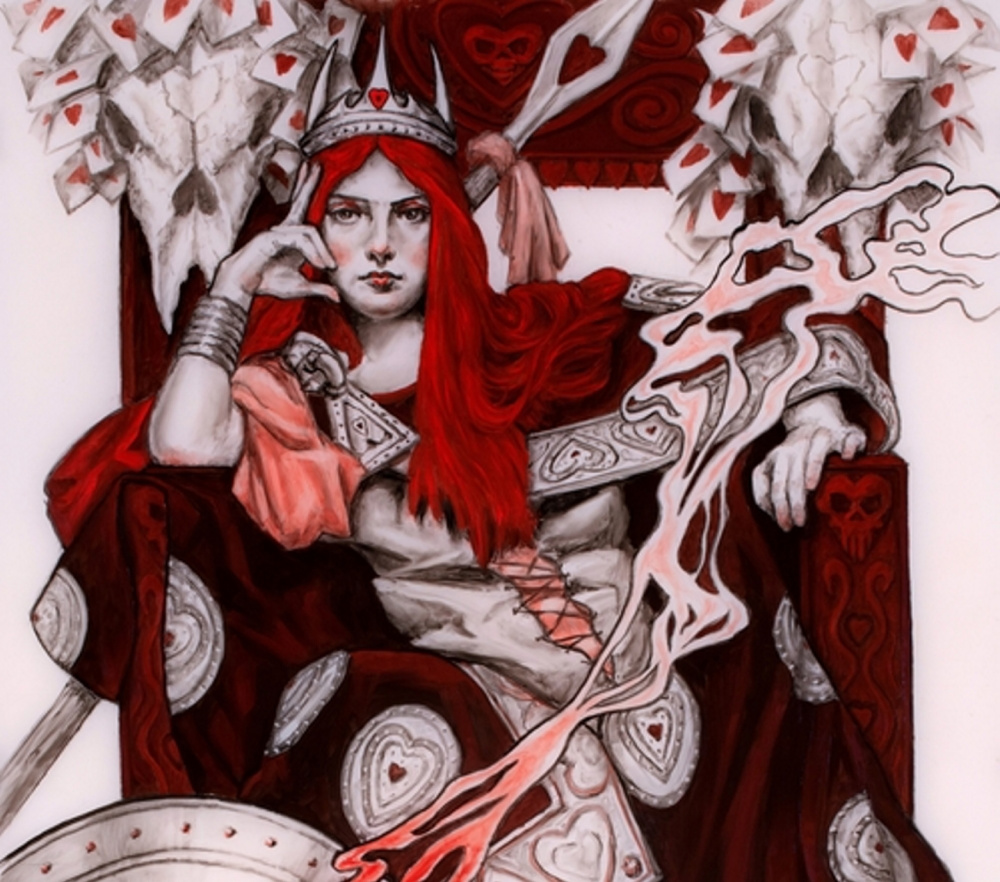
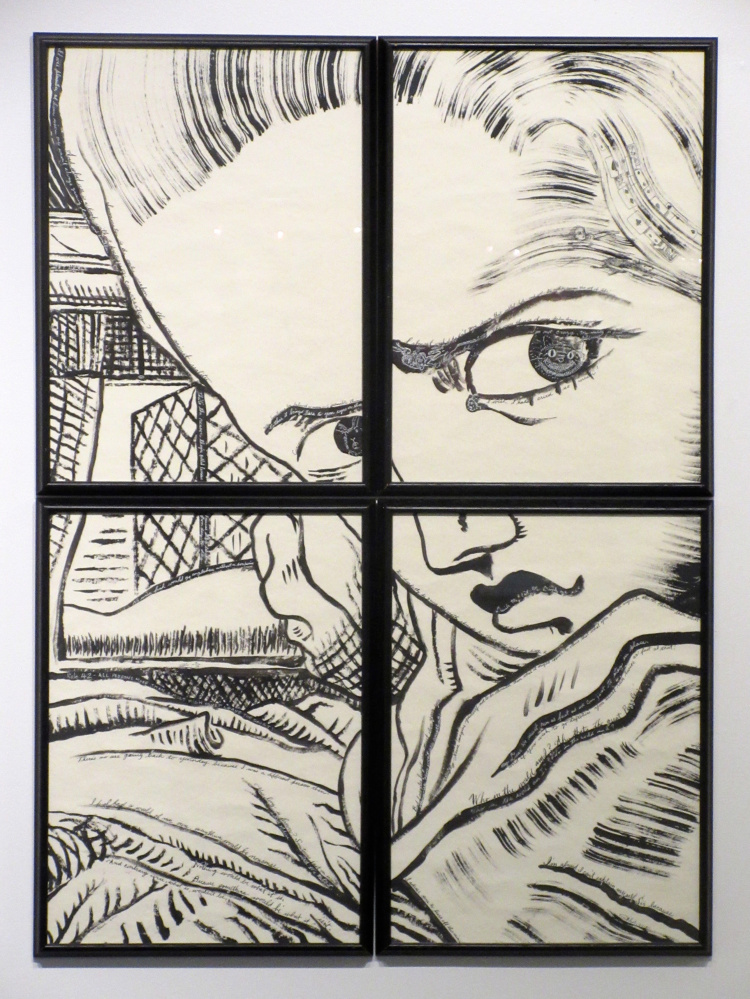
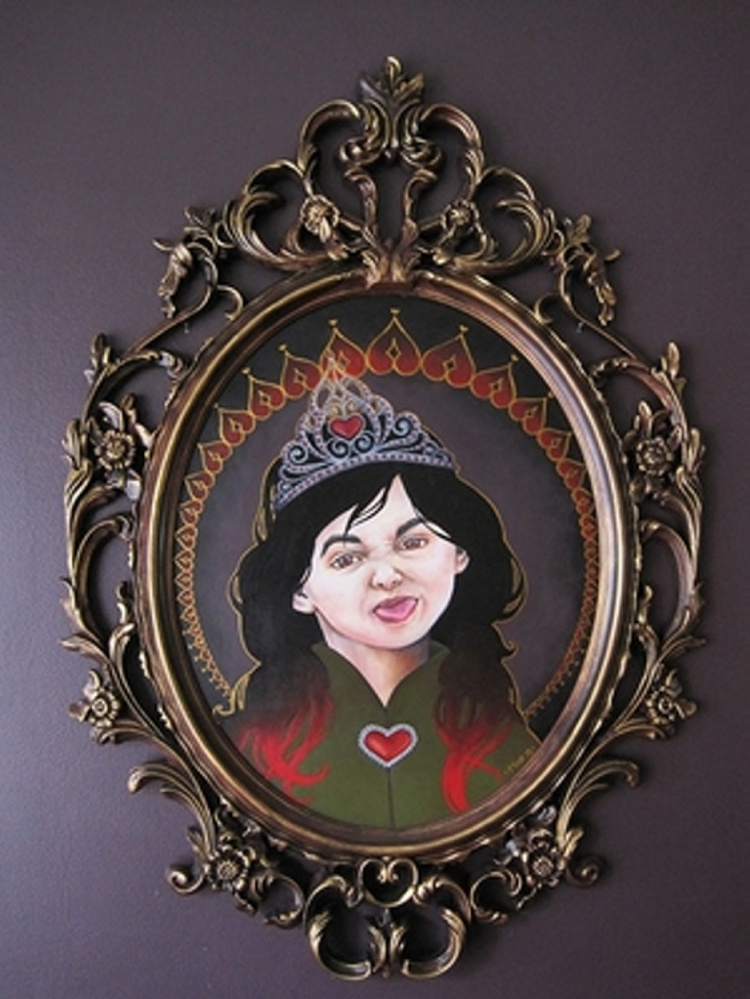
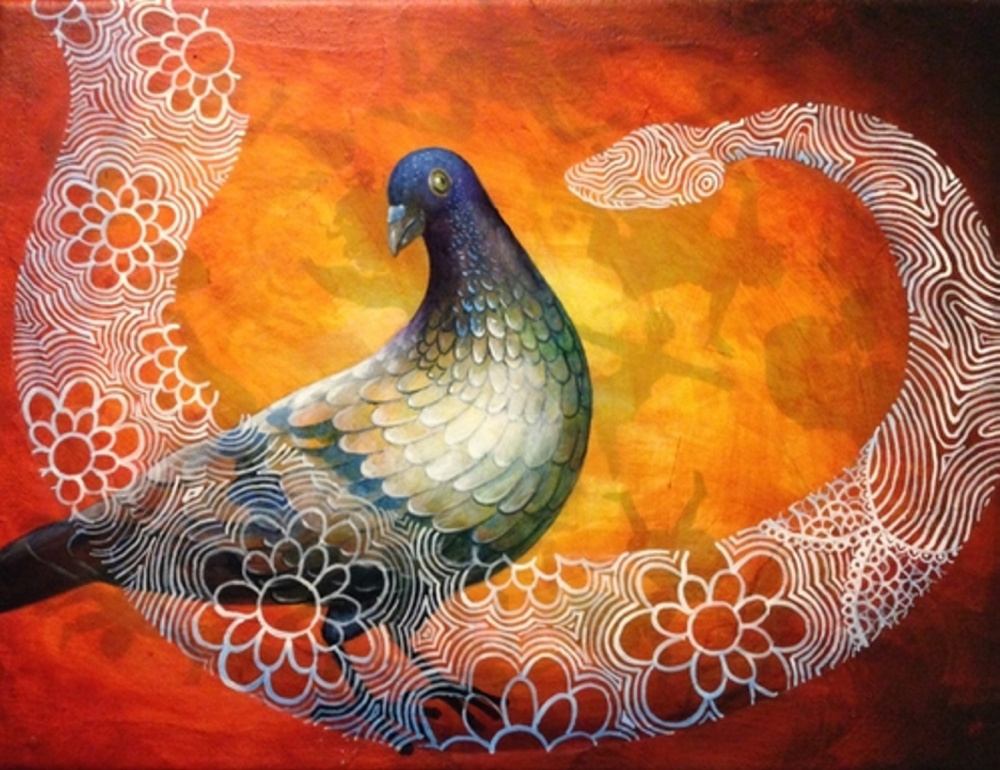
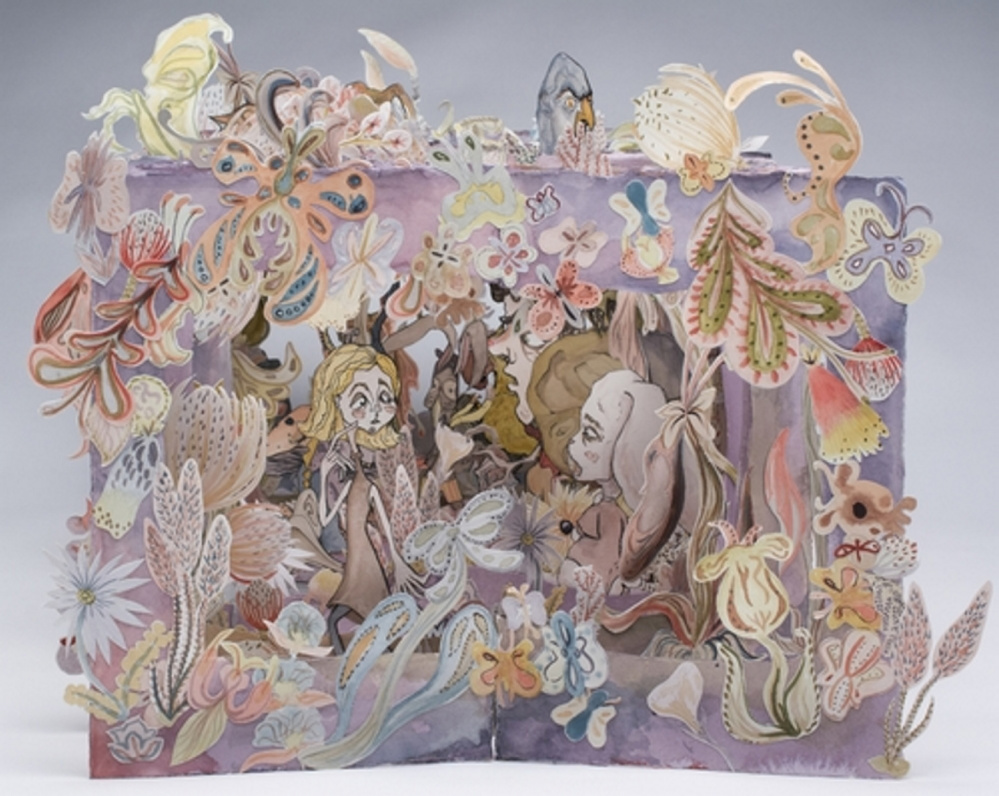
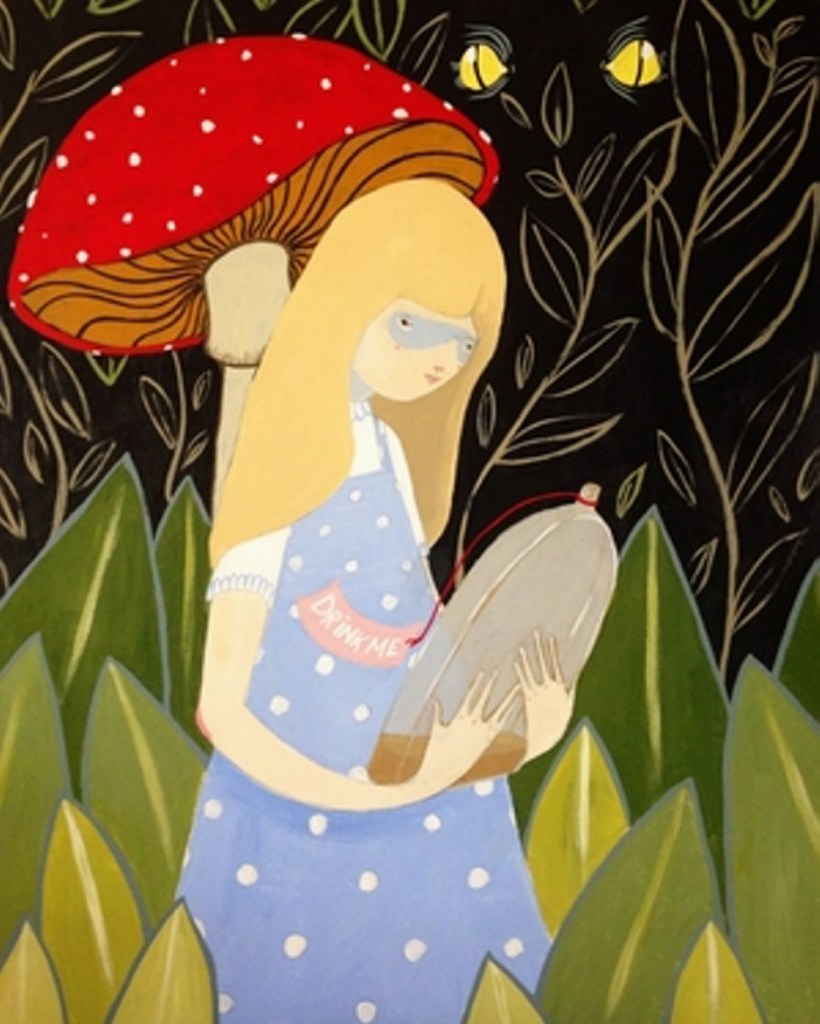
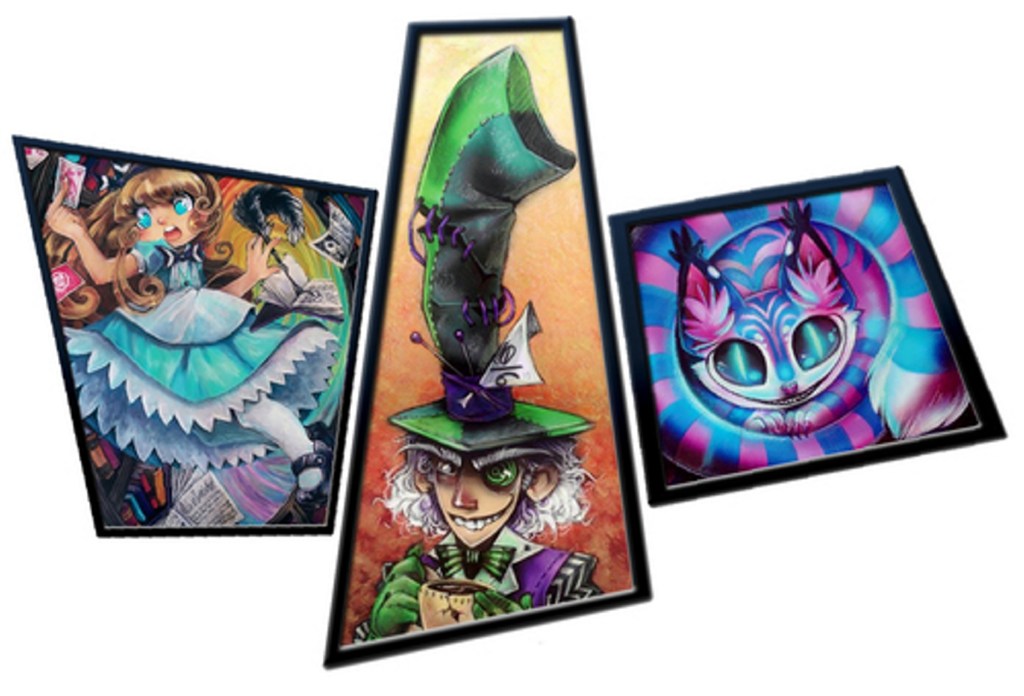
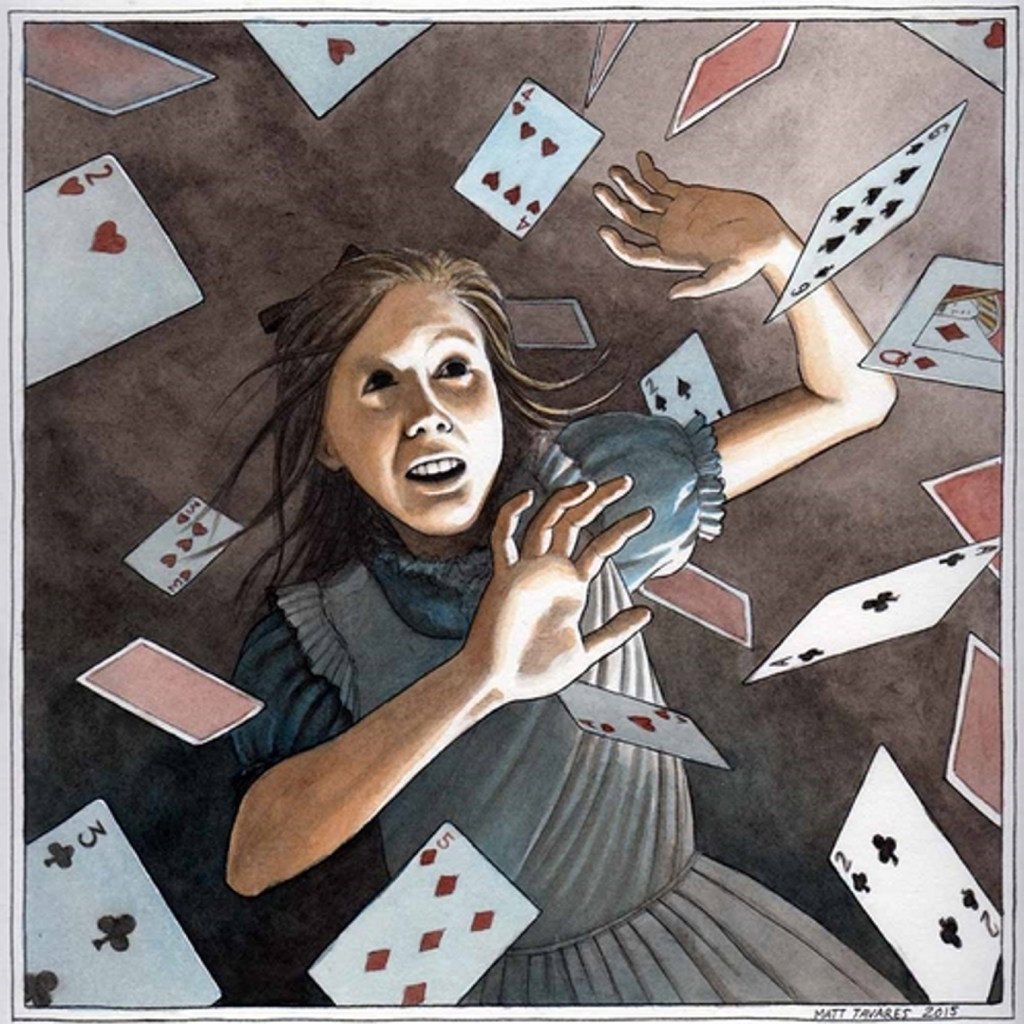
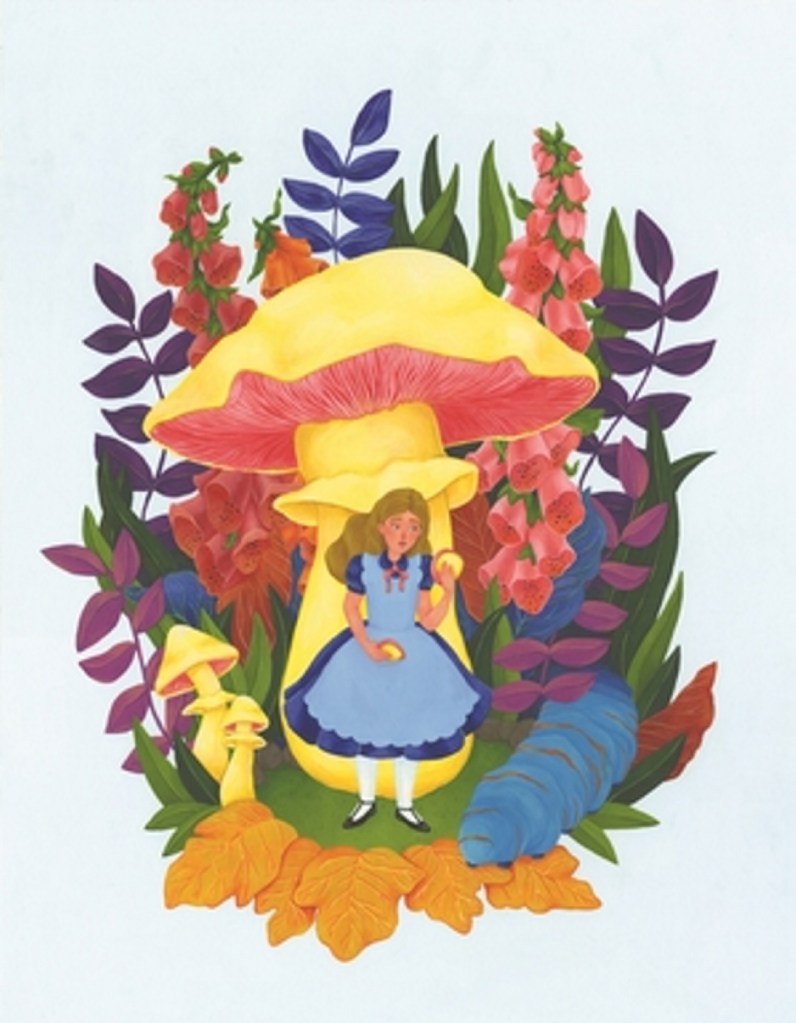

Success. Please wait for the page to reload. If the page does not reload within 5 seconds, please refresh the page.
Enter your email and password to access comments.
Hi, to comment on stories you must . This profile is in addition to your subscription and website login.
Already have a commenting profile? .
Invalid username/password.
Please check your email to confirm and complete your registration.
Only subscribers are eligible to post comments. Please subscribe or login first for digital access. Here’s why.
Use the form below to reset your password. When you've submitted your account email, we will send an email with a reset code.